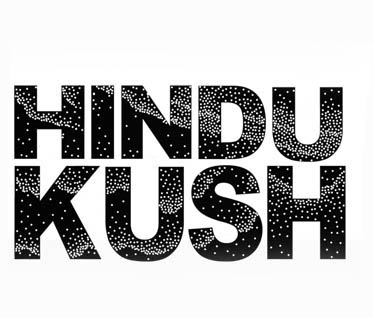The Wool
Our wool is unique to the Hindu Kush. Shu, as the wool is known locally has been developed over generations to insulate against
freezing temperatures and biting winds. It is thick and spongy, providing the wearer with maximum insulation whilst remaining light and flexible. Shu also has a felted finish which lends it a factor of wind proofing that comparable wools can’t match.
Shu is produced household by household using techniques which have not changed in centuries. No part of the shu manufacture process is mechanized, this means that shu is a handmade fabric in the truest sense of the term. The density of weave and thickness of felting vary subtly from household to household, leaving us with a product that bears the signatures of the artisans who made it.
Shubinak, our partner in Pakistan is partially owned by the artisans who make shu, ensuring that profit from the sale of their crafts finds its way back into the community.
Shu is made in settlements at the foot of Tirich Mir (7,700 m), the highest mountain in the Hindu Kush. The production of the fabric is intimately linked to the mountains. Shepherds gather by hand the choicest fodder for their flocks from high altitude pastures, which are only revealed at the melting of the winter snow. Spring melt waters feed the streams in which shu is washed and felting happens in naturally occurring hot springs overlooked by Tirich Mir. For images of the production of shu please see www.shubinak.com.
Shu is made in nine laborious stages: first the sheep is washed and then sheared by hand. The wool is then treated with a locally occurring fine white soil to remove moisture and grease. Next a bow is vibrated over the wool to separate the fibers ready for teasing and then spinning. The spun yarn is then woven into fabric which is felted, stretched and hung out in the sun to dry.
In Chitral shu is generally woven into three items of
clothing, the pakol, the patu and the shu-coat, all sported by the man above. The pakol is the
distinctive cap worn by the peoples of the Hindu Kush, the patu is a blanket which is worn like a shawl in
winter and the shu-coat is a long button-less, loose-cut
overcoat.
Images to be reproduced only with the permission on Hindu Kush ltd.














